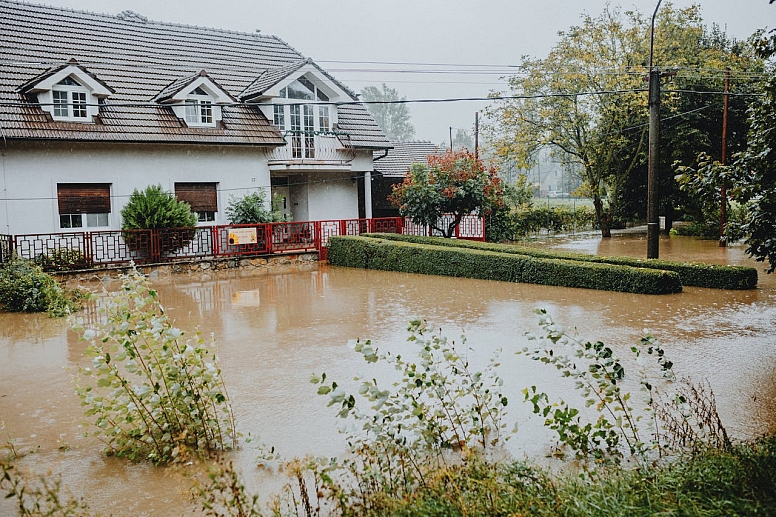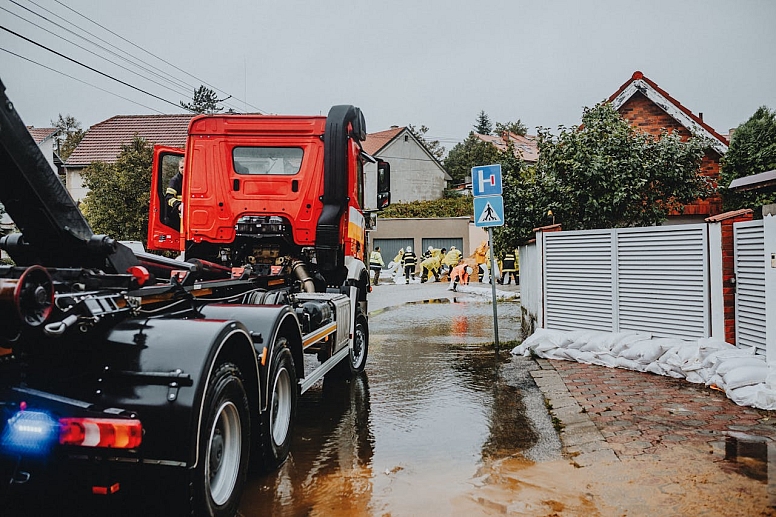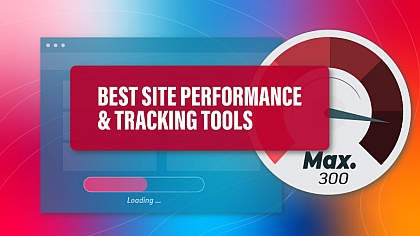
Water Damage Insurance - A Must Have Safeguard
Water damage in your home, be it from a sudden burst pipe or an unexpected flood, can have disastrous consequences. The key to mitigating the financial repercussions of such incidents is having adequate insurance claim protection for water damage.
Water damage accounts for approximately 24% of all home insurance claims annually. Not having the right coverage when such an unfortunate event occurs can burden you with hefty repair costs.
To safeguard yourself and your property from major losses due to water-related disasters, ensure you choose a policy that comprehensively covers all potential sources of water damage at your premises.
Water damage can hugely disrupt your home by ruining your belongings and compromising its structure. These risks drive up expenses and create numerous complications and hazards.
Structural Damage
Persistent moisture weakens foundations, walls, and floors, potentially causing major structural damage. Such instability poses safety concerns, jeopardizing your home's integrity and escalating potential repair needs.
Wooden structures are especially vulnerable to rot, which can undermine floors or beams. Prolonged decay may create hazardous gaps and further compromise essential support elements.
Health Risks
Excess moisture promotes mould and bacterial growth, potentially causing allergies or respiratory ailments. These hazards can deteriorate indoor air quality and pose long-term health threats.
Chemical Contamination
Flooding or runoff can introduce hazardous chemicals, particularly through sewage. These toxins threaten household safety and may exacerbate health complications, necessitating immediate, swift mitigation measures.
Though not specific to water damage, it provides valuable guidance for similar challenges during emergency scenarios, offering relief measures.
Electric Hazards
Unaddressed water seepage into outlets or wiring creates risks of short circuits and fires. Prioritize regular professional assessment to minimize these potential electrical hazards effectively.
Common Causes
Frequent water intrusions arise from storms, roof leaks, and faulty appliances. Burst pipes or plumbing malfunctions also account for many serious, documented cases of water damage.
Financial Risks Involved
Insurance for water damage can protect your property, yet unaddressed issues or policy oversights often trigger added financial jeopardy, highlighting the need for careful planning.
Uncovered water damage
Not all water damage is covered by insurance. Floods and negligence remain excluded. Poor maintenance usually voids claims, leaving homeowners responsible for steep repair expenses.
Insurance claim statistics
According to industry data, water damage ranks as a leading claim type, averaging $12,514. Freezing also contributes significantly, second only to wind and hail incidents.
Policy review importance
Examine policy sub-limits closely to understand water damage allowances. Even with high property coverage, water-specific caps can often significantly reduce final payouts for necessary repairs.
Frequent water damage sources
Plumbing system breakdowns, frozen pipes, or defective valves often trigger claims. Sewer backups persist as a key concern, frequently requiring extra coverage to secure protection.
Actual cash value vs. replacement cost
Recognize how insurers calculate reimbursements. Actual cash value subtracts depreciation, providing less money than replacement cost coverage, which often funds repairs at present market rates.
Backup Coverage Essentials
Securing adequate coverage for water-related damage protects against expensive crises. Targeted policies can often effectively offset repair bills, minimizing financial stress in already challenging situations.
Various water damage scenarios require tailored coverage. Standard homeowners policies typically address rain-related or burst pipe incidents, but other forms often demand specialized insurance options.
Sewer or drain backups often need an extra endorsement for proper protection. Flooding from overflowing rivers generally falls under distinct policies, separate from standard homeowner coverage.
- Property Maintenance: Regular upkeep is vital for preventing water infiltration. Address small issues promptly to avoid bigger, costlier problems later.
- Basement Resealing: Reseal basement walls when cracks emerge in foundations or slabs. This helps prevent soil moisture from infiltrating your lower level.
- Proper Drainage: Direct water runoff away from your home. Proper grading and clear gutters can reduce soil saturation and indoor seepage during heavy rains.
- Backwater Valve Installation: A backwater valve stops sewer backups, sparing you extensive cleanup. This installation can protect vital living spaces from contamination and costly repairs.
Proactive plumbing upkeep is essential for avoiding water damage. Consistently inspect hoses, faucets, and connectors to detect leaks early and prevent future costly structural complications.
A leak-detection system sends alerts when problems arise, allowing prompt action. Turn off your water supply before extended absences to avoid further extensive disruption.
Finally, add dedicated coverage for sewer or drain backups. This safeguard proves vital if water intrudes unexpectedly, often causing homeowners extensive cleanup or repairs.
Flood Damage Distinctions
Flood insurance policies include numerous definitions that can be confusing. Familiarity with these specialized details is essential for effectively managing and fully maximizing available coverage.
Understanding Flood Damage
FEMA classifies flood damage as temporary inundation spanning two acres or multiple properties. Not all overflows, including sewage or rainwater, necessarily meet standard insurer definitions.
Flood Insurance Coverage
Flood insurance typically addresses storm-related groundwater issues and certain hurricane aftermaths. Mudflow qualifies under flood damage, whereas landslide debris often falls outside these coverage parameters.
Key Areas of Coverage
National Flood Insurance Program policies span building and content coverage. Building protection includes structural elements; contents coverage secures personal property within the specified monetary limits available.
Policy Parameters
NFIP imposes $250,000 in residential building coverage and $100,000 for personal items. Commercial structures may secure up to $500,000 for each authorized coverage category allowed.
NFIP Policies and Claims
NFIP issues policies directly or through insurers under Write Your Own guidelines. Once approved, NFIP handles claims. Its manual provides helpful, detailed instructions for policyholders.
Protection Policy Options
Flood coverage may still be prudent outside high-risk zones. Eligibility rules can be strict, leaving certain situations exempt, yet prudent homeowners often explore additional insurance.
The NFIP excludes various flood-related losses. Mould, earth movement, or temporary living expenses rarely qualify for direct reimbursement, even when triggered by escalating additional flood conditions.
Business interruption costs, outdoor assets such as landscaping or valuable papers, along with vehicles, generally remain excluded under typical flood policy strict terms and conditions.
- Federal flood insurance covers up to $250,000 for structures and $100,000 for contents. Policyholders can sometimes increase these basic limits to meet unique specific needs.
- National flood insurance is distributed by NFIP through numerous nationwide agents. Discuss flood insurance options with your standard homeowner or renter insurer for further details.
- Standard premiums are applicable for those residing in low and moderate-risk areas. Always verify your location's classification to confirm the most available rates and coverage details thoroughly.
- Private flood insurance can extend beyond federal limits, offering higher or primary coverage. These plans commonly might address special needs overlooked by standard NFIP options.
Insurers tailor premiums for high-risk areas. They carefully evaluate home age, elevation, and proximity to flooding, plus property value, to determine unique individual policy rates.
Renters in ground-level or basement units may need a flood policy for personal belongings. Coverage includes only contents and safeguarding items against potential water intrusion events.

Damage Prevention Tips
Addressing latent issues early reduces water damage risks. Consistent maintenance and targeted upgrades can sidestep substantial problems. Explore these practical measures to safeguard your property.
Regular Roof Maintenance
Inspecting roofing materials regularly and fixing damaged or missing shingles promptly. Keep gutters clear to avoid clogs that channel water into vulnerable areas, reducing leakage risks.
Plumbing Inspections
Check appliances, faucets, and toilets for leaks. Even minor drips can waste thousands of gallons of water annually. Monitoring your water bill helps spot hidden increases promptly.
Sealing and Caulking
Ensure openings around doors, windows, tubs, and sinks are tightly sealed. Replace cracked caulking immediately to block seepage, preserving wall integrity and preventing unwanted mildew.
Installation of Sensors
Smart water sensors detect abnormal moisture levels, sending alerts or shutting off your water. This technology can avert larger damage throughout your home's plumbing network.
Knowledge of Shut-off Valve
Locate and understand your main shut-off valve entirely. Closing it fast during leaks or overflows can lessen structural harm and quickly prevent spiralling repair bills.
Appliance Inspections
Periodically examine hoses on water heaters, dishwashers, and washing machines. Damaged or worn tubes can burst, spilling gallons of water that harm floors and walls.
Sump Pump Maintenance
Test your sump pump regularly, especially during heavy precipitation. Confirm its battery backup is functional, ensuring safely continued operation if power fails during severe storms.
Water Heater Maintenance
Schedule routine water heater checkups to catch leaks early. Undetected drips can escalate quickly.
Claims Filing Steps
Report water damage to your insurer immediately. Prompt notice accelerates claim processing and may encourage faster payouts that cover essential repairs and reduce damage spread.
Document the scene thoroughly with photos and lists of damaged belongings. Comprehensive evidence helps adjusters assess the overall scale and value of your claim accurately.
Make short-term fixes when safe, preventing worsening conditions. Keep receipts for materials or labour, and clearly justify these steps while seeking reimbursement from your insurer.
Maintain contact with your insurer's representative. Hire a public adjuster if necessary for expert guidance. Clear correspondence expedites resolution and ensures your interests remain protected.
- Hold on to your receipts: Track all expenses related to water damage. Comprehensive records bolster your claim and streamline settlement negotiations with insurers.
- Check your policy: Understand coverage specifics to sidestep unwelcome surprises. Conduct regular policy reviews for clarity regarding exclusions or special endorsements.
- Maintain vigilance: Stay updated on your claim's status. Log communications with the insurer to maintain accountability and avoid overlooked details.
- Ask for help if needed: Insurance requirements can be intricate. Consult a public adjuster or attorney specializing in claims when needed to safeguard your best interests.
Effectively stating your concerns bolsters negotiations. Solid supporting information secures fair treatment. If informal talks fail, pursue formal escalation, involving regulatory agencies when necessary.
Securing Your Future
Don't let water damage bring financial turmoil. A good insurance policy, preventive measures and quick action when filing claims can be your safeguard. Stay updated with the latest insights on water damage protection. Your investment is worth protecting.














